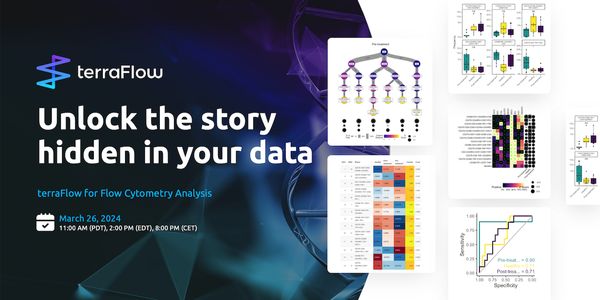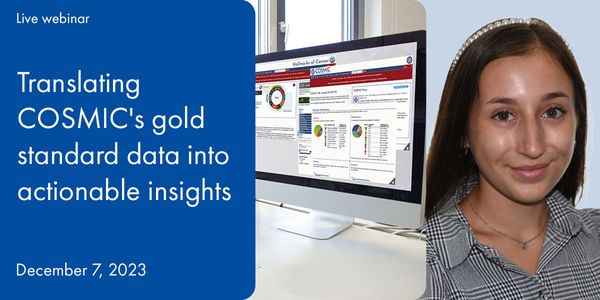Director and Group Leader, Thermo Fisher Scientific
BIOGRAPHY

AUG 30, 2016 8:00 AM PDT
Improved differentiation of human pluripotent stem cell-derived neurons through reduction of progenitor proliferation: impact on downstream applications
Presented at:
4th Annual 24 Hours of Stem Cells™ virtual event
Speaker
Abstract
Neurons derived from human pluripotent stem cells (hPSCs), including embryonic stem cells (ESCs) and induced pluripotent stem cells (iPSCs), are excellent resources for disease modeling and drug screening. Human PSCs derived neural stem cells (NSCs) can be expanded in culture and further differentiated into mature neurons for various applications, however, these often contain mixed population of both differentiated neurons and undifferentiated NSCs. Due to the continuing proliferation of undifferentiated NSCs, very high cell densities and cell aggregation are usually observed during the differentiation of hPSC-derived NSCs which increase over time, posing challenges for long-term maintenance and downstream analysis. Here we demonstrate the use of a new supplement which can reduce the proliferation of undifferentiated NSCs without negatively impacting the rate or extent of differentiation for hPSC-derived NSCs. The overall effect increases the relative population of differentiated neurons in culture. Typically under these conditions by 2-3 weeks, differentiated neurons with extensive neurite networks are seen that are evenly distributed across the culture surface, with very little clumping or aggregation observed. Further, this more uniform morphology and enriched neuron population greatly facilitates quantitative image analysis, as demonstrated by high content analysis using automated a CellInsight™ CX5 imaging platform which showed differentiated neurons expressing mature neuronal markers MAP2 or HuC&D without the contamination of undifferentiated Nestin positive NSCs, as seen in control samples. Multielectrode array (MEA) analysis demonstrates that differentiated neurons fired spontaneous action potentials, indicating functional neurons. In addition, use of this new supplement enabled differentiated neurons to be maintained for longer time in culture than untreated control cells.
You May Also Like
FEB 08, 2024 | 10:00 AM
High-content screening (HCS) is an imaging-based, multi-parametric strategy used in drug development that generates rich datasets through multiplexing strategically chosen fluorescent dyes a...
MAR 26, 2024 | 7:00 PM
C.E. CREDITS
The implementation of a preemptive pharmacogenomics (PGx) program in a hospital setting requires a multidisciplinary approach to ensure seamless integration of each stage of the process for...
Speaker:
Steven Melnick. Ph.D., M.D.
, Dr. David Mancuso, Pharm.D. CPh , MSPM
Sponsored By: Thermo Fisher Scientific
MAR 26, 2024 | 8:00 AM
C.E. CREDITS
The implementation of a preemptive pharmacogenomics (PGx) program in a hospital setting requires a multidisciplinary approach to ensure seamless integration of each stage of the process for...
Speaker:
Steven Melnick. Ph.D., M.D.
, Dr. David Mancuso, Pharm.D. CPh , MSPM
Sponsored By: Thermo Fisher Scientific
MAR 26, 2024 | 11:00 AM
Ever wonder what you’re missing in your data? The sheer complexity of today’s flow and mass cytometry datasets demands automated solutions. Machine learning plugins only provide...
Spheroids and organoids, two examples of 3D cell culture models, have become invaluable tools to study the processes that dictate behavior of tissues under physiological and pathological con...
DEC 07, 2023 | 8:00 AM
As the vast landscape of genetic oncology continues to expand, the ability to understand and utilize the full potential of this rich data becomes increasingly challenging. As a result, resea...
Loading Comments...
Please update your information
Certificate of Attendance
Thank you for choosing Labroots. Please note that a Certificate of Attendance does NOT count towards Continuing Education Credits.
DOWNLOAD CERTIFICATE
DOWNLOAD CERTIFICATE
You must watch the entire webinar to receive your certificate of attendance.
You must attend the event before receiving your certificate of attendance.
You must register for the event first.
Certificate is no longer available for this event.
You must be logged in to retrieve your certificate.
Finish Registering
Attendees
-
APR 30, 2024Immuno-Oncology Virtual Event Series 2024
-
MAY 07, 20243rd International Biosecurity Virtual Symposium
-
MAY 23, 2024For the Love of Digital PCR 2024
- See More
-
APR 26, 2024
- See More












































